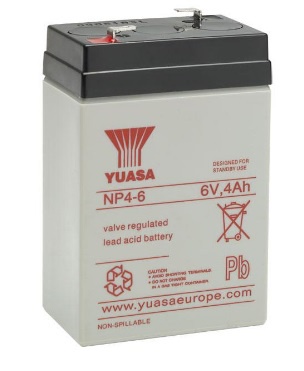Lead batteries are widely used for various applications, from automotive and marine to renewable energy systems. However, with numerous options available in the market, selecting the right lead battery can take time and effort. This article aims to give you a comprehensive guide to help you make an informed decision when choosing a lead battery that suits your needs.
Understanding Battery Types
When selecting lead batteries, it's essential to understand the different types available clearly. Here's an expanded guide to help you make an informed decision:
- Battery Type:
Lead batteries come in different types, including flooded lead-acid (FLA), sealed lead-acid (SLA), and gel batteries. FLA batteries are the most common and affordable, while SLA and gel batteries offer better durability, maintenance-free operation, and enhanced safety features. Consider the specific requirements of your application to determine which type of lead battery is most suitable.
- Capacity and Voltage:
Determine the required capacity and voltage of the lead battery based on the power demands of your application. Calculate the total power consumption and the duration of usage to estimate the battery capacity needed.
- Cycle Life:
Cycle life refers to the number of charge-discharge cycles a battery can endure before its capacity significantly decreases. Choose one with a higher cycle life if you require a battery that will undergo frequent deep cycles.
- Maintenance:
Consider the level of maintenance required for the battery. FLA batteries require regular checks for water levels and may need periodic equalization charging.
- Operating Temperature Range:
Take into account the operating temperature range of the battery. Extreme temperatures can affect battery performance and lifespan. Some batteries are designed to withstand a wider range of temperatures.
Assessing Battery Specifications
Consider the following specifications to determine the right lead batteries for your needs.
- The battery capacity is measured in ampere-hours (Ah) and indicates the charge the battery can store. Assess your power requirements and choose a battery with sufficient capacity to meet your needs.
- Voltage Lead batteries come in various voltage options. Determine the voltage demand of your application and select a battery that meets those specifications.
- Size and Weight Consider the physical dimensions and Weight of the battery, especially if you have space limitations. Ensure the battery can fit comfortably in the designated area without compromising performance.
- Charging effectiveness Different lead battery have varying charging efficiencies. Look for batteries with high charging effectiveness to minimize energy loss during the charging process.
Conclusion
Choosing the right lead battery involves understanding the available types and assessing specific specifications such as capacity, voltage, size, Weight, cycle life, and charging effectiveness. By carefully considering these factors, you can ensure that your lead batteryis well-suited to meet your needs effectively and efficiently. Remember to consult with battery manufacturers or trusted suppliers to gather additional information and guidance before making your final decision.


No comments yet